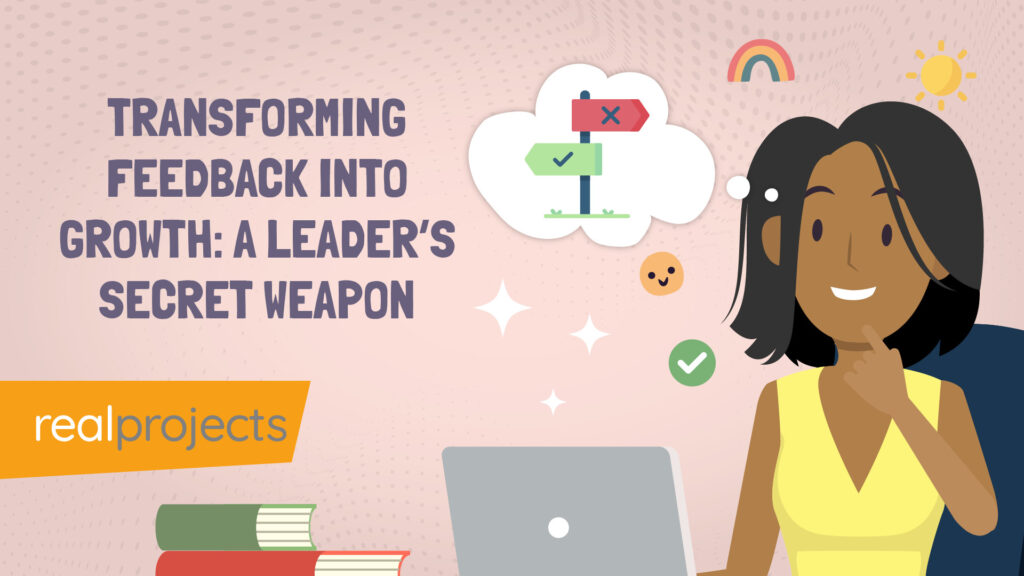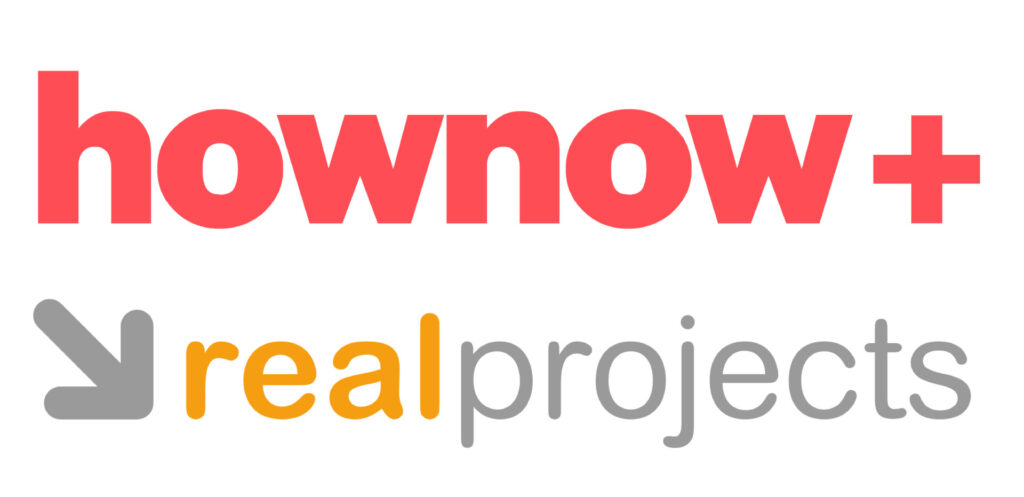It’s no secret that the world of elearning has undergone an explosion in popularity in recent years. Access to learn online has opened up, and the sheer number of courses available have ensured that there’s something out there for everyone. The importance of elearning courses has grown as organisations look towards ease of access, flexibility and the ability to deploy content across the globe.
But how do you know what you’re buying into when purchasing elearning courses?
Whilst it’s true to say there’s an abundance of elearning opportunities out there, finding the one that meets your specific needs requires careful consideration.
We’ve taken time to study the research and contemplate the essential factors that need to be thought through before committing to buying into an elearning course. At Real Projects we understand how rewarding successful elearning opportunities can be and the ways in which they can benefit your organisation or institution.
Read on as we share what we know with you, so that the course content you choose brings the rewards you’re looking for.
Course Content and Objectives
It doesn’t matter what you want to learn, there will generally be more than one course provider that claims to offer the learning materials you need.
So, what do you do? Close your eyes and point to one? Well, we’d advise against that but we do have plenty of advice to point you in the right direction.
Training and development often carry some of the highest budgets in organisations and businesses, so initial research is vital in ensuring that you get what you need to drive your workforce forwards in exactly the way you intend.
Online learning and training mustn’t become a box ticking exercise, if your workforce are giving up their time to learn, that learning needs to be rich, meaningful and engaging, and of course, ensure that the skill or concept you intend as an outcome, is met.
Identify what your course requirements
Before you do anything else, identify what skill, qualification or learning point you want to address.
Do you want learners to master a new skill or learn to use new tools?
Is it a way of working faster or smarter that’s your priority?
Once you know what you want, you can start to look at the options and evaluate the course content and learning objectives. Do your research. Due diligence will ensure that you have an overview of offerings from all learning providers.
Explore the options
The content you choose needs to marry with your learning goals-and those of your learners.
Questions to consider are:
- Is the course compliant with industry standards?
- Are the course materials up-to-date?
- How will I deliver this training?
- How interactive is the learning?
- Is it user friendly?
- Is there support from the content provider?
- What do testimonials tell you?
Will content meet the needs of the learners?
It might seem like a cursory element of determining what training options you buy in to, but knowing your learners is key. If you’re running a huge organisation, of course, this is going to be harder than if you’re a small niche business with a small number of employees. But, no matter the size of your organisation, if you don’t reflect on how your participants will engage with the course content, you could be blowing your budget on training that’s not going to hit the mark.
Course materials need to be engaging and interactive. We all learn in different ways and ensuring that the material meets the needs of all learners is important. Are there interactive elements or the opportunity to access supplementary materials? Are there quizzes and games or opportunities to collaborate-these are all proven ways of encouraging engagement and motivation to learn.
Can learners access materials at times that suit them? Your participants are much more likely to engage with learning if they can access content when they want to. Learners will be less stressed or rushed if there are options to access materials at all times of day and night.
Knowing course content and materials are going to motivate and engage the learner and that they meet your training requirements are a key aspect of ensuring you buy in the right training for you.
Expertise and Engagement
Once you’ve ascertained what it is you want your workforce to learn, you will shortlist a set of providers that meet your needs. The next step in the process is to check the elearning service providers effectiveness and industry experience.
This doesn’t mean finding out how long they’ve been in business, it means assessing their quality of experience. Ask yourself:
- What are their qualifications?
- What are their credentials?
- What type of projects have they completed?
- How complex are the projects they have completed?
- What is their success rate?
- What is their client satisfaction rate?
As we’ve mentioned already, elearning providers that employ interactive elements into their training programs are much more likely to engage learners. Most of us rely on technology to entertain us in our down time; replicating ways in which we relax with technology will enable the learner to engage with the learning content.
What practical elements are available? Learning by doing is a longstanding method of teaching new skills or learning how to use new tools.
Consider the level of instructor engagement. Real life interaction, questioning and feedback prevents learners from disengaging. We all know what it’s like to fail when we first try something and how hard it is to motivate ourselves to try again if there’s no one to spur us on. If the instructors are on hand to pick up on misconceptions and errors, participants are much more likely to try and try again. Remove that option and giving up will be a likelihood borne out of frustration.
Learning Platform and User Experience
Now, once you have ascertained that the content meets your needs and the provider demonstrates the level of quality and experience you need, it’s time to look at the learning platform that facilitates the learning.
- What’s user experience like?
- How easy is it to navigate the learning platform?
Consider your learners, how easy is the platform experience for them? If you know that digital literacy is going to be an issue for learners, is this the platform for them? Do learners have access to devices at home or will learning need to take place during the working day where technology is available?
Technical support can be a huge advantage when learning online. For those that find digital literacy a huge learning barrier, are there people on hand to support?
In much the same way, community support systems are an excellent way to provide support for your elearners. Collaboration and discussion have been proven to really motivate participants. Where collaboration tools are available, motivation to learn has been shown to increase. Peer-to-peer partnership enables learners to share ideas, support each other and ask for help. This discussion aspect is a valuable tool in the elearning toolbox and it’s worth seeking out provision that includes this.
Course Pricing and Additional Considerations
As we’ve already mentioned, budgeting for training and development is often quite sizable. For it to have the desired impact, the steps we’ve already discussed need to be carefully considered. Training must meet your needs, be facilitated by providers who have the right experience and the platform that delivers the training must be user friendly.
Considering pricing and value for money is important too.
Before you commit to anything, investigate thoroughly the pricing structure of the course. Is it a one-time payment, subscription service or bundled options? Different payment structures can dramatically increase the costs if you’re not aware of what each pricing offer means.
Additional features, such as lifetime access to course materials or ongoing updates might end up being extra costs you haven’t factored in so be sure to ask about these when carrying out your due diligence.
Finally, if the materials are not what you expected and you’re finding that your participants are experiencing high levels of dissatisfaction, can you claim a refund?
At Real Projects, we understand that there’s a whole lot to consider when buying an elearning course for your organisation. But, what we will say is that once you’ve thought things through and found the right course for you and your learners, you will be glad you did your due diligence. The transformative power of high-quality elearning will not only uplevel the skill set of your workforce but drive your organisation forward in the most powerfully positive way.



